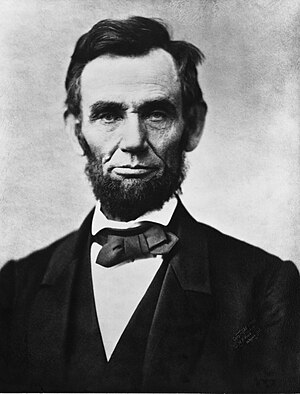There are ways to reconnect with high school classmates or finally connect with your soul mate. We can easily and cheaply reach out to thousands of people, prospective customers or the three couples you are inviting over for Saturday's cookout. We have huge communications technology advantages over communicators of just a few years ago.
Nevertheless, sometimes an email or a text leaves a lot to be desired. Or a lot to be interpreted...or misinterpreted.
I was reminded of this over the last couple of weeks as I started a string of email conversations with a friend. She had written a comment on one of my blog entries that I wanted to use in a subsequent blog. As a courtesy, I shared my first draft of the blog post to let her know I was going to use her comment.
It seems I had significantly misread the intent of her comment.
No problem. That was why I had sent her a draft. I scrapped that post and rewrote it taking a somewhat different direction with it. Again the draft was sent. Again comments returned. Again I missed the intent. Worse than before.
If, instead of trading emails, we had discussed this face-to-face, I am confident I would have better judged her intent. If we had talked face-to-face, I am sure that the back and forth exchange would have resulted not only in a better understanding but a more creative and entertaining blog topic. Instead, you just get this.
Nothing replaces the amount of communication that happens when you are with someone and talking. You share the words you say, but also the delivery of those words. As poets are fond of saying, there is quite a lot that can be said in the spaces between the words. The speaker's intonation, facial expressions, body language and volume send messages, often clearer and more truthfully than the words chosen.
There is also no such thing as one-way communications when you are talking with someone in person. The listener often communicates just as much as the speaker. Her body language, level of attention, reactions and responses often let the speaker know whether the message is being received or whether there is miscommunication or confusion.
Also, the role of speaker and listener is not so clearly delineated in face-to-face conversation as it is in email. In a healthy conversation, the roles of speaker and listener shift rapidly. Often, especially when the parties are truly engaged in the conversation, it would be impossible to label either person as the speaker or the listener. In fact, one of the challenges of effective face-to-face communications is to allow the other person the space to respond and discuss with you.
There are many instances when emailing or texting is the best way to reach someone, the best was to address and resolve an issue and the best way to chat with someone. But many times, nothing beats some java (the brewed kind) and the other person sitting across the table from you!







